13th November
Panama is country number 45 for us and our last in Central America. After crossing the border (we have written a separate border post Costa Rica to Panama – Border Cossing – Paso Canoas Quebrada Grande if you need info) we drive on good, fast roads towards the mountain town of Boquete via David when the torrential rain starts, making the road visibility virtually non-existent! The cool air is a welcome relief from the heat in Costa Rica and we arrive around a couple of hours later.
We make a stop at the supermarket on route and get overly excited at finding cheese, meats, alcohol and chocolates we hadn‘t seen since America!
We arrive at the hostel in the centre of town to find they had given away our organised pre-booked room and make up for it by letting us stay at their sister hotel for the same price (although not before some excess tiredness inspired protesting!) We get lost trying to find it so ask directions in a restaurant where an older Englishman kindly lets us follow behind his car to show us the way. Even though it is not in town, it‘s pretty nice and so make the most of it by extending our stay by a few more days.
Boquete is famous as a coffee-growing area with plenty of coffee farm tours available, long hikes in the forests and canopy tours. We decide to wait until Colombia for the tours and just spend a few days chilling out, eating pretty good fish and chips (with Malt Vinegar) in The Fish House restaurant, one night at Baru and enjoying the break from driving.
It is also quite unusual in the number of permanent North American residents; it was recently voted as one of the top places in the world to retire in an American magazine which in turn attracted lots of retirees there. Gated communities cover the hillsides and old men congregate in the cafes and restaurants. There‘s also not much need for Spanish here as most people seem to speak English.
17th November
We tear ourselves away from the comfort of Boquete and head for Playa Las Lajas 125kms, around a 2 and a half hour drive away to break up the drive to Panama City. Once we check in, we drive down to the beach area along some long winding back roads past green fields with white storks to find quite a bleak and windswept beach with a lone man braving the waves and not too warm waters. Otherwise, we have the whole stretch of beach to ourselves.
As we take a walk down one of the longest beaches in Central America, the fringe-lined palms sway with the blustering wind and large noisy black birds circle the trees overhead.
18th November
After breakfast, we make the long drive to Panama City 377kms away and around a 6 hour drive with lots of road construction and the occasional traffic jam on route. The city eventually comes into view with skyscrapers dominating the horizon.
A booking mistake was in our favour resulting in a free week stay at the Radisson Decapolis in a top floor room with evening drinks and buffet breakfast thrown in for good measure!
We are not to sure what to think of the colourful artwork in the room…
It‘s interesting that nearly everyone speaks English here so our gradually improving Spanish skills are put to the wayside for a while!
We can‘t come to Panama and not visit the famous Panama Canal so one sunny morning we set out to the Miraflores Locks.
Lying at the crossroads between continents and oceans, Panama is of immense strategic importance.
The canal which is 77km long connects the Atlantic to the Pacific Ocean, avoiding the treacherous Cape Horn route around the tip of South America and is one of the largest engineering projects ever undertaken.
Begun by France in 1881 after their successful construction of the Suez canal in 1869, the US took over in 1904 and it was completed by 1914. The canal was handed back to Panama in 1999, until which it had remained under US control. Today, around 15,000 ships pass through annually and pay an average fee of an estimated $54,000 although this can be increased to jump the queue. The canal brings in over $2 billion in revenue, a substantial contribution to the country’s economy.
The Panama canal expansion project recently voted for by Panamanians will see two new sets of locks and will widen and deepen existing navigation channels.
On arrival, the place is completely packed and it suddenly clicks that it is Sunday (we seem to forget which day of the week it is on this trip!) so we try and squeeze in with all the other tourists to get a look at a huge ship which is slowly passing through the locks. It is an awesome sight as the ship is lifted around 26 metres above sea level as the water levels rise.
The whole process is very carefully orchestrated with tug boats positioning and stabilising the ship from both sides. The lock gates close and water is pumped in from the lake, lifting the ship through to the next set of locks. From here, it goes via the huge artificial Gatun Lake before being lowered back down to the sea around 8 hours later.
We take a walk through the visitors centre before watching a short film on the history and importance of the canal.
20th -25th November
We wander through the Hard Rock Hotel just a few doors down from us looking for the café and all the memorabilia on route but are told the café closed a few months ago. So we stumble on a English styled outdoor pub and restaurant where Martin even gets to sample a variety of beers. The food is pretty good too and the portion sizes are huge!
We spend another day sorting out the DIJ and and our booking with Ferry Xpress.
After the flat and slashed tyres in Central America, it is time for a new set of boots. GT Radial kindly arranged for us to pick up a new set in Panama City. Since our first set of tyres all the way back in Indonesia, we have been impressed with the performance of both the AT’s and MT’s.
We wish to thank GT Radial for their continued support as they have always gone out of their way to ensure we have always had suitable tyres throughout our adventure.
26th November
The drive to Colon takes around a couple of hours where after a long wait at the port (a full write up is in a separate blog), we say goodbye to Central America and board Ferry Xpress to Country number 46, Colombia!
We purchased our Panama to Colombia ferry tickets through Overland Sphere, as contributors we were also entitled to a 15% discount!
The Overland Sphere FB group has the latest information on shipping your vehicle with Ferry Xpress, and is also a fantastic resource for all overlanders.


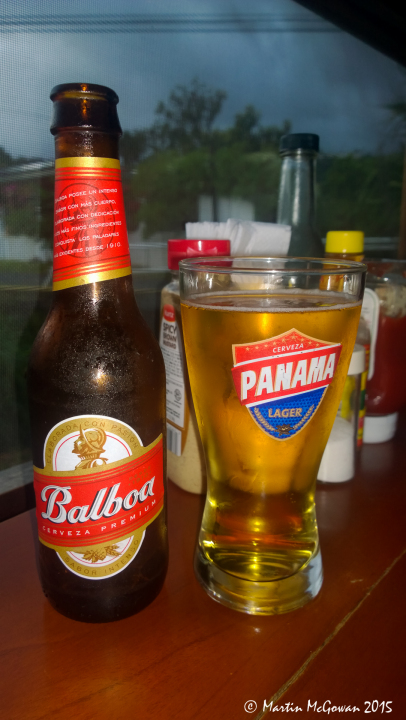
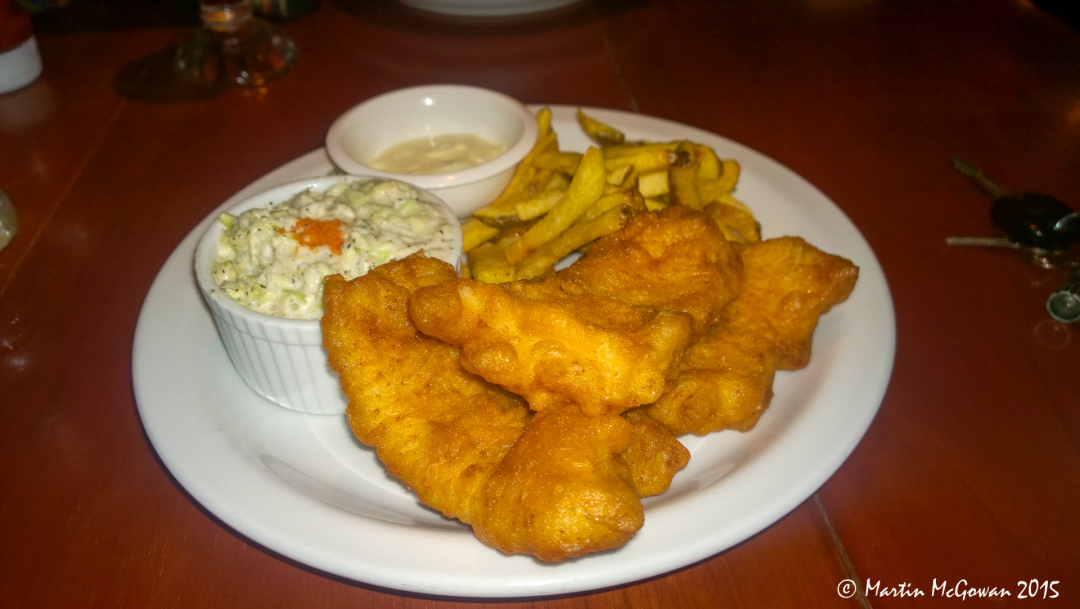
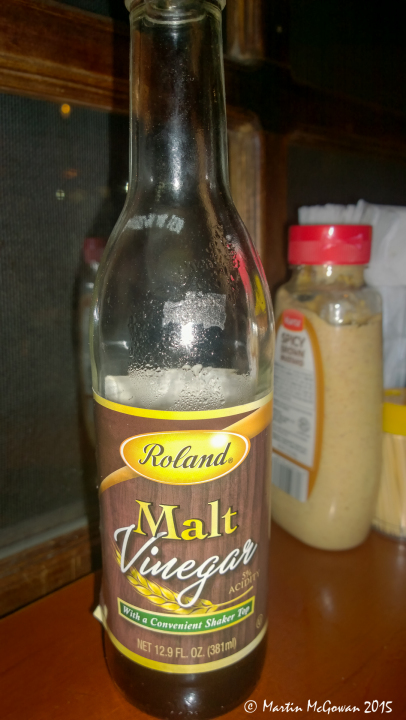
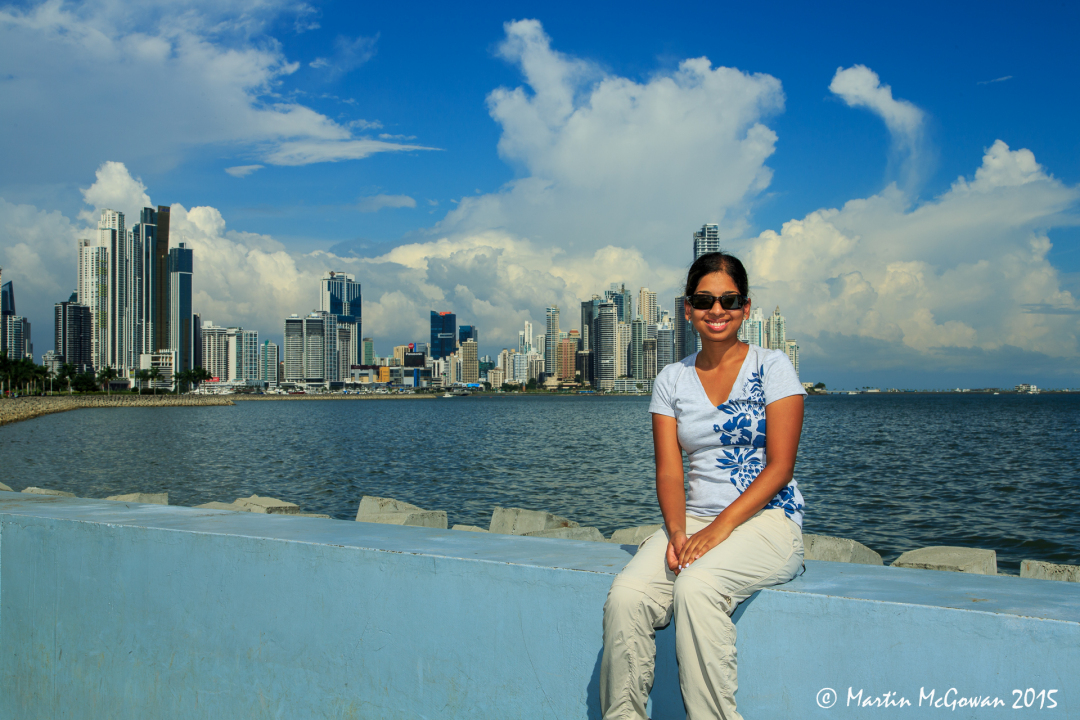
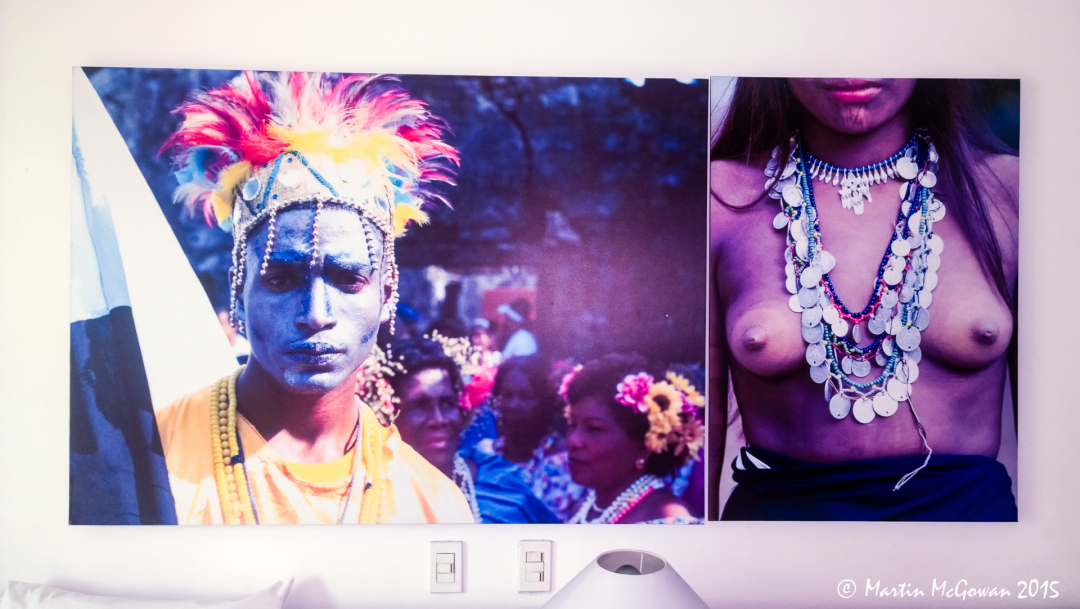
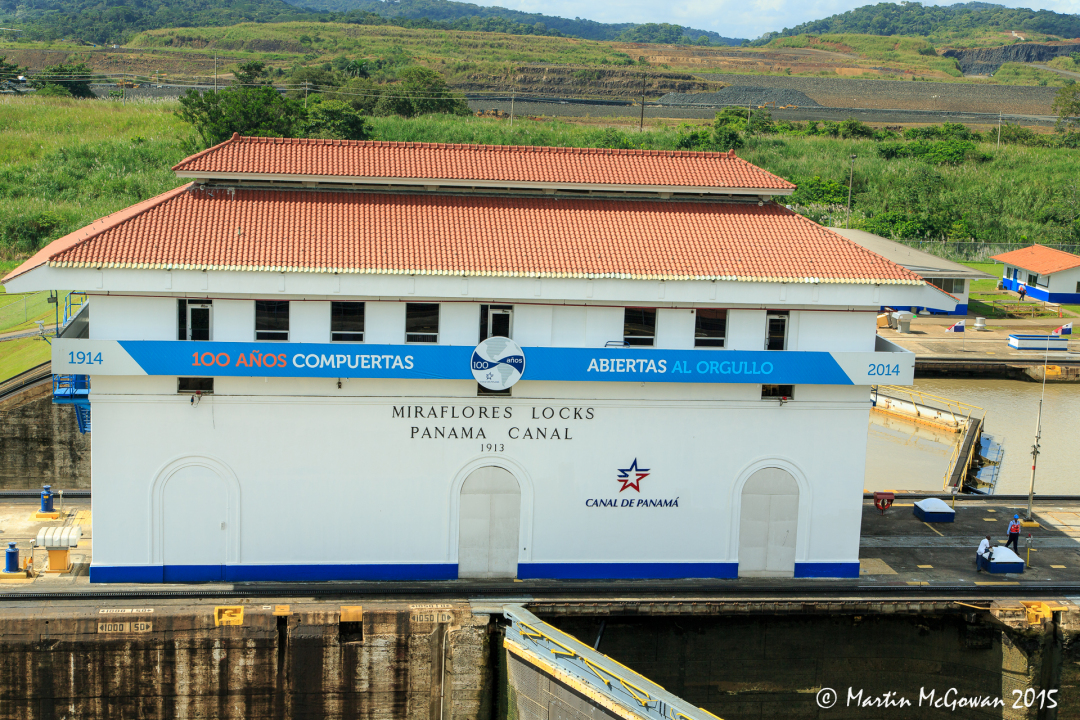
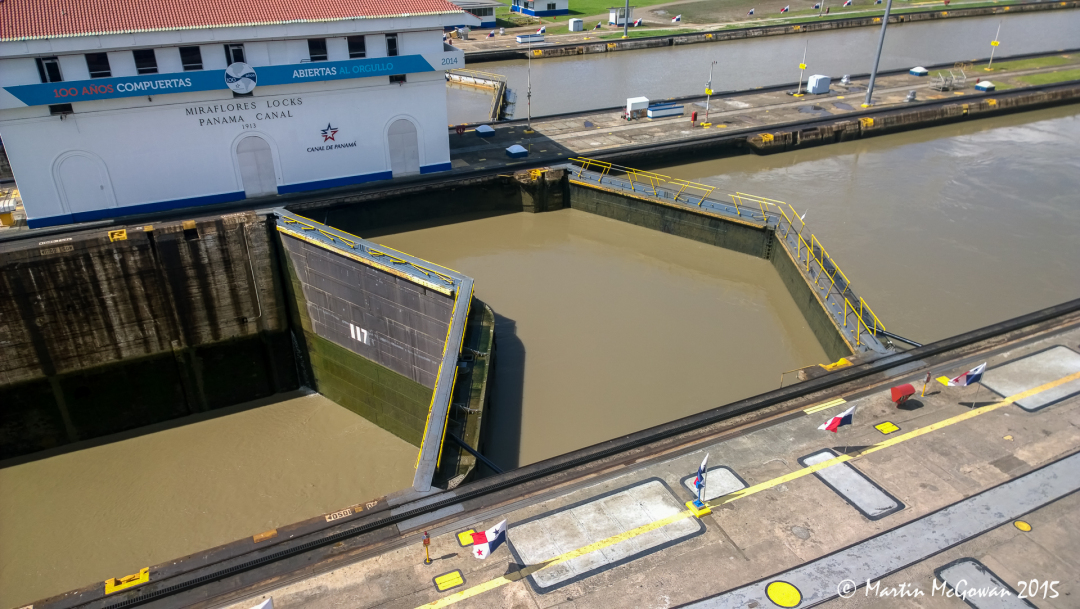
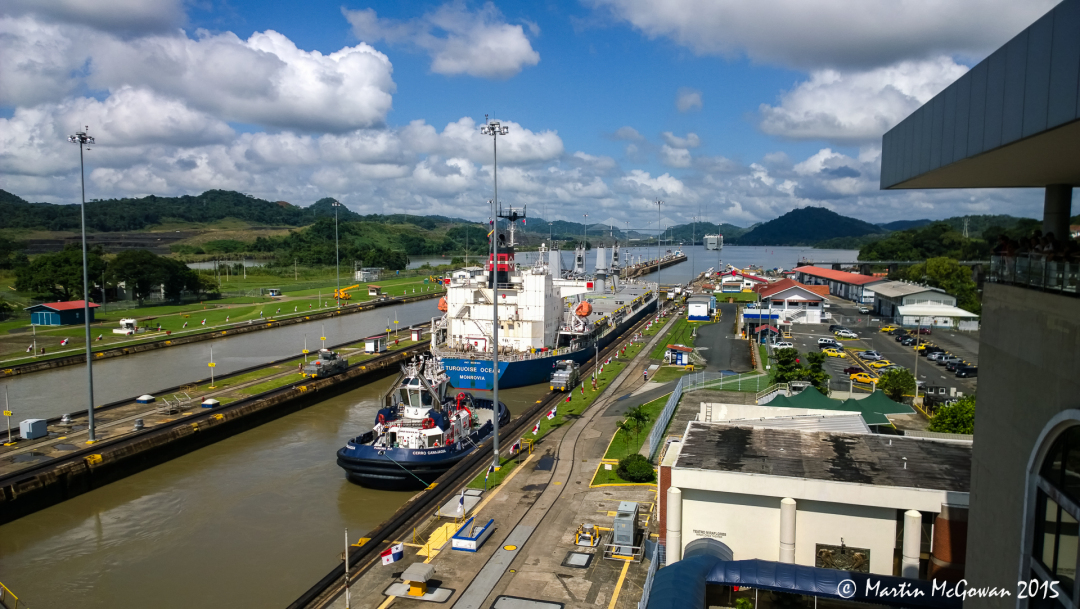
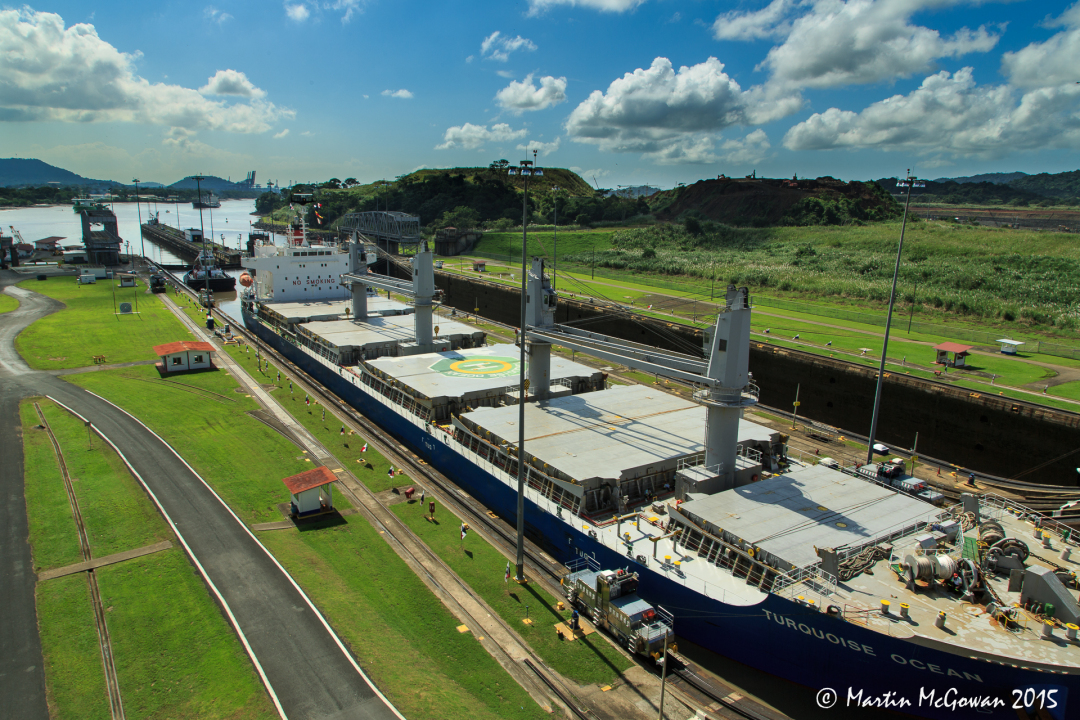
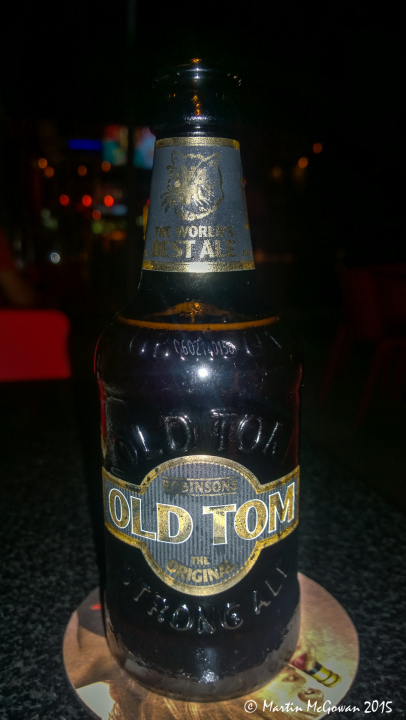
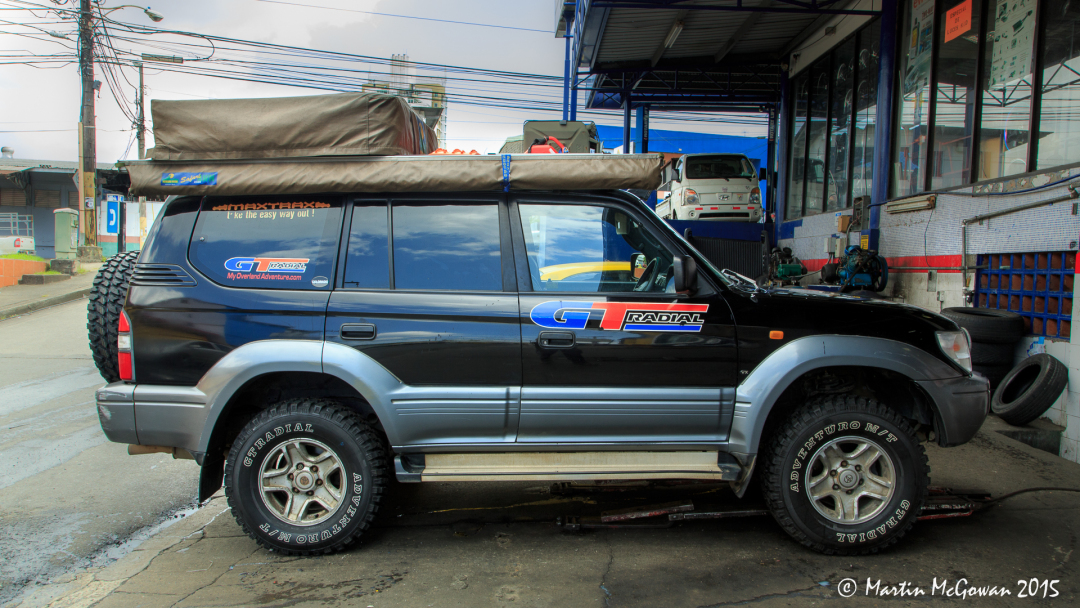



I would love to see the Panama canal and so would dad! It sounds pretty awesome!!! I had heard from Christine (Toronto) that the Canadians are going to Panama not only to retire but it has become a very popular holiday destination.
Take care
Love Mum XXXXX